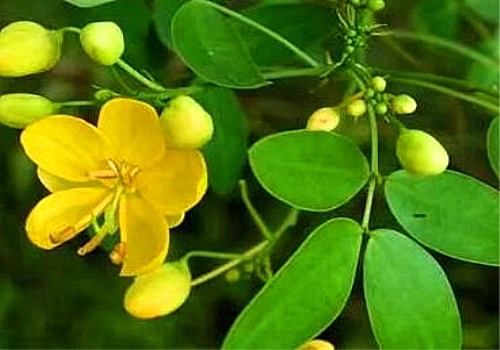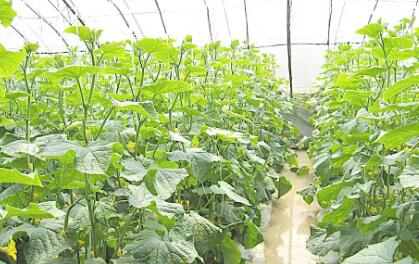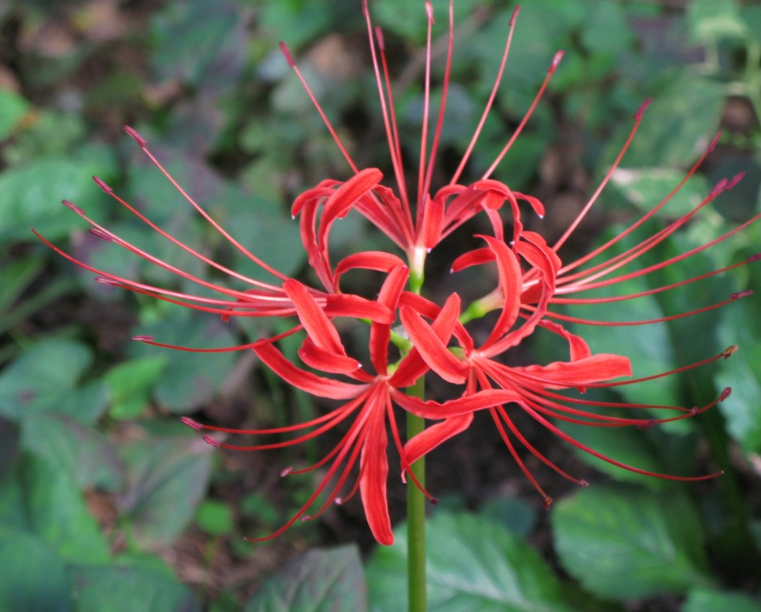The 8 main points of planting techniques of medicinal plant cassia seed are summarized. Plant them quickly.
Cassia seed, also known as Cassia, fake mung bean, is a legume plant. Cassia seed is used for medicine, which has the effect of relieving defecation, clearing liver and clear eye. it can effectively treat headache, vertigo, glaucoma, constipation and other diseases. Next, this paper introduces the planting technology of medicinal plant cassia seed.

I. the growth habits of Cassia seed
Cassia son likes a warm and humid climate and is resistant to drought and cold. It grows well in the high temperature and rainy season, and the plant is easy to be killed by frost at low temperature. When planted in sandy loam soil with good drainage, deep soil layer and fertile and loose soil, the root system is developed and nitrogen-fixing rhizobium is the most, but it is not suitable to be planted in saline-alkali, low-lying water-prone land and soil sticky land.
II. Soil preparation and fertilization
Cassia seed should be planted in high-dry plots with good drainage, loose and fertile land. After selecting the land, turn the 25~30cm deeply, and apply the high-quality circle fertilizer of 2500kg ripening and mashing + the compound fertilizer with 15% nitrogen, phosphorus and potassium content of 25kg per mu, flatten the soil after fertilization, rake fine and make a high bed. The width of the high border is 1.3m, and the drainage ditch is opened around the high border to prevent the occurrence of waterlogging.
III. Planting of Cassia seed
The seeds were soaked in 50 degrees in late April, stirred continuously in the process of soaking, soaked in warm water for 12 hours, then slightly dried, and sowed according to row spacing 35cm and trench depth 3cm. After sowing, cover the soil with 3cm, water it, then cover it with a thin layer of fiery soil ash, and keep the soil moist after sowing.
It is suggested that the variety of small cassia should be chosen to plant and produce cassia seed. There are differences in seed size and fruiting degree in pods. The seeds with large, fruiting and pest-free seeds are mainly selected as seeds.
IV. Field management
Shallow loosening soil and weeding were carried out when the seedling was high 6cm. According to the distance between 25~30cm seedlings, and check the deficiency of seedlings, for the lack of seedlings, large seedlings and strong seedlings can be selected for transplanting. When the seedling height 15cm, then carry on the middle ploughing weed control, deep hoe between rows, shallow hoe between plants, combined with intermediate ploughing and weeding, determine the seedlings according to the plant spacing 30~40cm, and apply 1000kg per mu of rotten rare human and animal manure water. When the seedling height is above 40cm, it is necessary to strengthen the management of water and fertilizer to promote more branches, more blossoms and more pods.
At the initial stage of branching, combined with mid-tillage and weeding, 1000 kg of rotten thin human and animal manure water + calcium superphosphate 25kg per mu was applied to promote more branches, blossom and fruit, and before plant closure, 2000 kg of rotten thin human and animal manure water + calcium superphosphate 30kg was applied per mu to promote fruit development and grain fullness.
Prevention and control of diseases and insect pests
1. Ring disease: at the initial stage of the disease, 50% methyl thiophanate wettable powder 1200 times liquid spray is used to control the disease.
2. Grey leaf spot: at the initial stage of the disease, 50% carbendazim wettable powder 1000 times liquid spray control.
3. Aphids: spray with 1000 times of omethoate EC.
VI. Harvesting and processing of Cassia seed
When the pods become dark brown, they are harvested in batches and transported back to dry after harvest. The seeds are laid with sticks and dried to become a commodity. The best seed quality is dry, full grain, brown and glossy.
Time: 2019-03-14 Click:
- Prev

Greenhouse cucumber planting technology is not difficult to master the sowing time and daily management points is the key
Cucumber has always been a popular vegetable variety in the market, and it is widely planted. The planting methods mainly include facilities and open fields. Due to controllable mature period, doubled yield and high economic benefit, greenhouse cultivation has become the main cultivation mode in various places.
- Next

Is the other shore flower, known as "unrighteous grass", poisonous? How to breed it?
The other shore flower belongs to a perennial herb of the family Amaryllidaceae, which is also called unrighteous grass because the flowers and leaves cannot meet. There are many legends about the other shore flower. Many people think that it is colorful and want to breed, but rumors say it is poisonous, so is the other shore flower really poisonous? How to raise it?
Related
- Fuxing push coffee new agricultural production and marketing class: lack of small-scale processing plants
- Jujube rice field leisure farm deep ploughing Yilan for five years to create a space for organic food and play
- Nongyu Farm-A trial of organic papaya for brave women with advanced technology
- Four points for attention in the prevention and control of diseases and insect pests of edible fungi
- How to add nutrient solution to Edible Fungi
- Is there any good way to control edible fungus mites?
- Open Inoculation Technology of Edible Fungi
- Is there any clever way to use fertilizer for edible fungus in winter?
- What agents are used to kill the pathogens of edible fungi in the mushroom shed?
- Rapid drying of Edible Fungi

